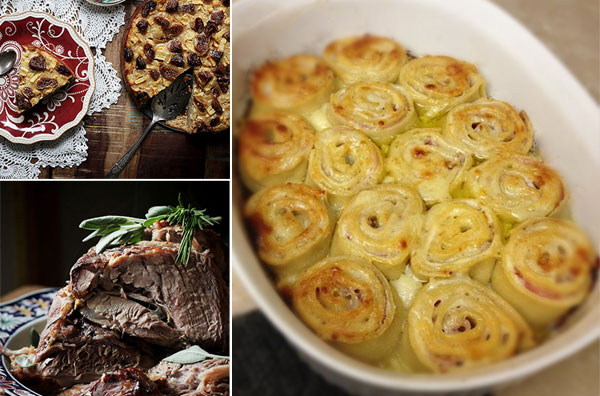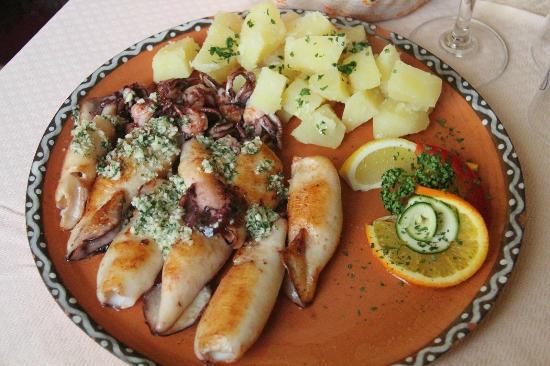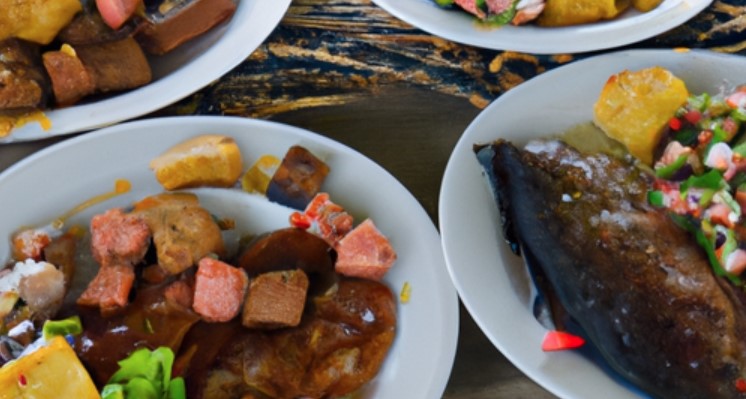Introduction: San Marino and its cuisine
San Marino, the small Republic located within the borders of Italy, is a unique destination for tourists looking to explore the rich history and culture of the region. One of the most fascinating aspects of San Marino is its cuisine, which is heavily influenced by the Italian and regional traditions.
San Marino cuisine is a reflection of its location, situated in the middle of the Emilia-Romagna, Marche, and Tuscany regions of Italy. While drawing inspiration from the neighboring cuisines, San Marino has also developed a distinct identity of its own, which has become a significant draw for food enthusiasts.
Italian influence on San Marino cuisine
Italian cuisine has had a profound impact on San Marino’s culinary traditions. San Marino shares many of the same ingredients and cooking techniques with Italy, but it has also incorporated its own distinct flavors, such as the use of herbs and spices, to create a unique blend of flavors.
Some of the most popular Italian dishes that have become staples in San Marino include pasta dishes such as tagliatelle, lasagna, and spaghetti alla carbonara, as well as risotto and pizza. The use of fresh, locally-sourced ingredients like tomatoes, basil, olive oil, and cheese is also common in San Marino’s cuisine.
Regional influences on San Marino cuisine
San Marino’s location in the heart of Italy’s Emilia-Romagna, Marche, and Tuscany regions has also had a significant influence on its cuisine. The region’s agricultural traditions have been incorporated into San Marino’s dishes, which include a wide variety of meats, cheeses, and vegetables.
For instance, the Emilia-Romagna region is known for its cured meats like prosciutto and salami, which are often used in San Marino’s pasta dishes and antipasti. The Marche region, on the other hand, is known for its seafood, which is used to prepare traditional dishes like brodetto and moscioli. The Tuscany region is famous for its Chianti wine, which is a staple in many of San Marino’s recipes.
Traditional dishes of San Marino
San Marino has several traditional dishes that are unique to the region. One of the most popular dishes is Piadina, which is a type of flatbread made with flour, water, and lard. It is typically served with prosciutto, cheese, and other meats, making it a perfect snack or meal.
Another traditional dish is Torta Tre Monti, a dessert consisting of three layers of hazelnut cream and wafers. It is often served during special occasions, such as weddings and Christmas.
Ingredients used in San Marino cuisine
San Marino’s cuisine uses many of the same ingredients as Italian cuisine, but it also has some unique ingredients that are specific to the region. Some of the most commonly used ingredients include San Marzano tomatoes, a variety of cheese, including parmigiano-reggiano and pecorino romano, and herbs like rosemary, thyme, and sage.
San Marino is also known for its production of olive oil, which is used in many of the region’s dishes. The olive oil is made from the Don Bosco and Roggiano varieties of olives, which are grown locally.
Conclusion: A unique blend of flavors
San Marino’s cuisine is a unique blend of Italian and regional traditions, resulting in a distinct culinary identity. Its location in the heart of Italy has allowed it to draw inspiration from neighboring regions, while still maintaining its distinct flavors.
From its traditional dishes like Piadina and Torta Tre Monti to the use of locally-sourced ingredients like San Marzano tomatoes and Don Bosco olives, San Marino’s cuisine is a reflection of its rich history and culture. For food enthusiasts looking to explore the flavors of Italy and beyond, San Marino is a must-visit destination.










